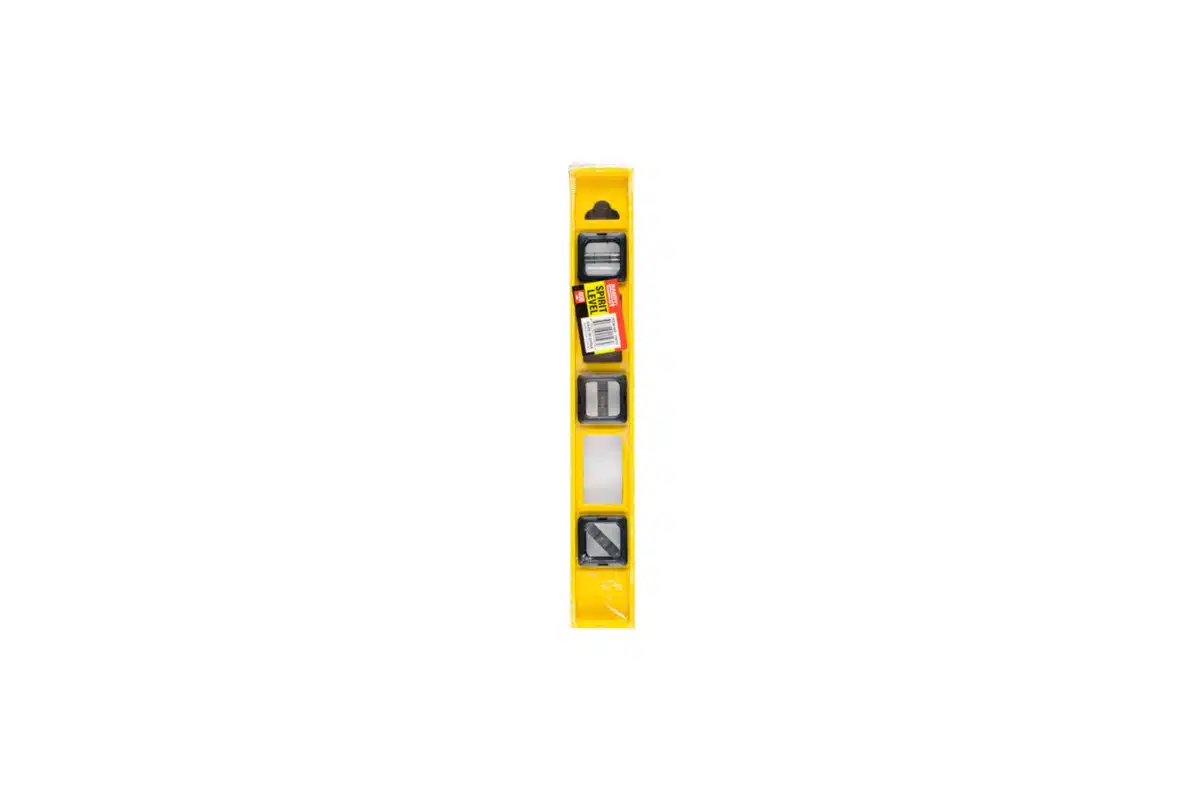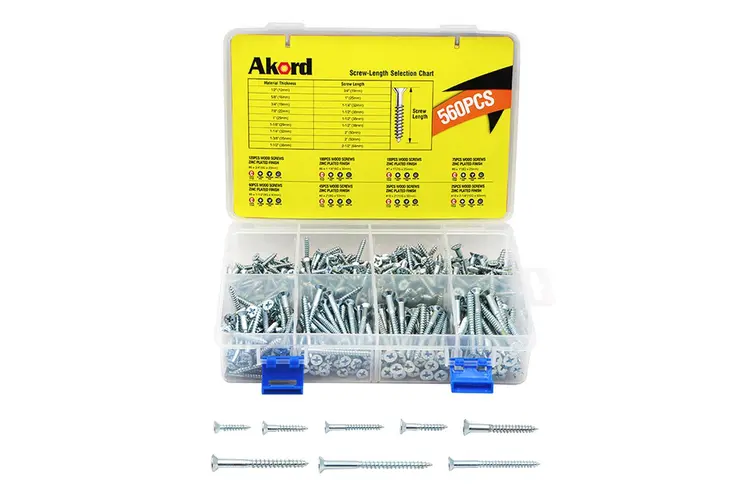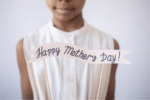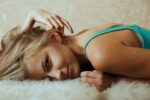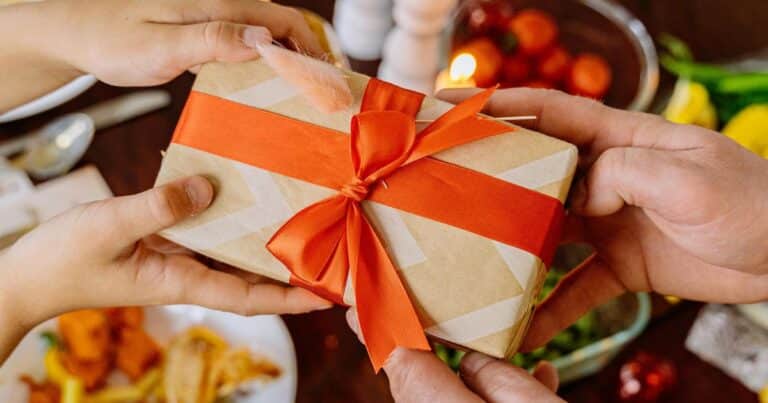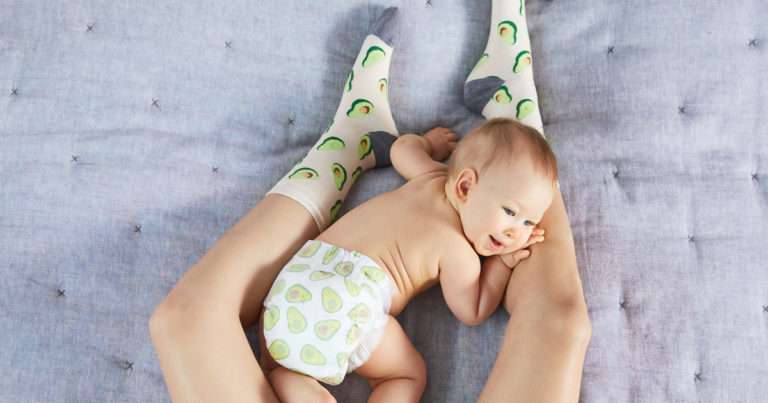
In this article, I discuss the important topic of what to put in your tool box if you are starting one from scratch.
Of course, there are plenty of women who are DIY divas and already have enviable, fully-stocked tool boxes. I take my hat off to you all as I struggle to fix a squeaky door.
But generally, it’s the man of the house who is the proud owner of an impressive tool kit. And, if you separate, you can bet he’ll be taking it with him. Leaving you, up the creak without a hammer.
As a single mother, you’re gonna have things that need fixing, building and general DIYing, meaning you will need a tool box. But where to start and what to put in it?
Don’t panic. And don’t panic buy the whole of Bunnings.
Here is our guide of what to put in your new tool box if you’ve never had one before.
What to put in your new tool box if you've never had one before
Cordless drill driver
At the top of our list is a drill driver; because how will you hang that gorgeous new wall decor that you scored from Pottery Barn? You might have only seen your ex use it, but no worries, because this thing is pretty easy to use even for a newbie. Plus it's compact and lightweight (and cordless!) so it's convenient even if do endless drilling for hours. This electric drill driver comes with 17 bits of different sizes that you can use in a variety of applications. The one-year warranty is also a great bonus.
Cordless drill driver from MyDeal
Tape measure
The tape measure is another key essential when building your first tool box. It’s what you would use to measure most things, from entire rooms to a section of curtain. Ideally, you should have one large enough for big spaces like walls and floors and a smaller one for frames and tabletop items. If budget is tight, get an 8-meter tape like this one from Catch. The tape colour is bright yellow and easily visible even in low light conditions.
Picture hanging set
For mums like us, there can never be too many photo frames on our walls. So a picture hanging set is a must-have, especially now that you have to take down the ones with your ex in it. This 20-piece set comes with a spirit level so you can work your handywoman magic and easily turn your wall into a gallery of memories, one perfectly hung photo at a time. Make sure your kids approve of the shots first, though, if you don't want slamming doors behind you.
Screwdriver set
At the very least, you should have two screwdrivers: A Phillips head and a flat head in medium size. These would cover most jobs like fixing loose lamps and door handles. A set of smaller screwdrivers is also handy for taking apart electronics like computers and smartphones. This set from Bunnings is lightweight and magnetic … great for unsteady hands.
Spirit level
A spirit level takes the guesswork out of positioning and straightening objects. Whether you’re drilling multiple holes in a line, putting up hooks on the wall or straightening a wall painting, an accurate level is a must. We suggest getting the best level that you can afford. Good quality ones last for a lifetime, so treat the purchase as an investment. And, there is nothing more maddening than hanging artwork at an angle and having it incessantly annoy you whenever you look at it.
Pliers
High-quality pliers come in handy for when you want to grip, bend or detach something. There are different types for different jobs, but you’ll probably use broad nose and needle nose pliers most of the time for cutting wires, gripping slippery metal and reaching into tight spaces. This one from MyDeal is ideal for both home and professional use.
Claw hammer
What is a tool box without a hammer? A medium-weight hammer will cover most household needs, from putting up shelves, hanging photos on the wall and pulling out those hard-to-budge nails. Get a high-quality hammer with a nonslip handle like this one from Bunnings. It’s perfect for general carpentry work and home use.
Nails and screws
Nails and screws, like needles and thread in a sewing kit, are great to have around in your tool box, even if you don’t have a current project. You never know when you’ll need them. You can buy different sizes from the hardware shop and organise them yourself or get prepackaged sets like this one from Kogan, with a compartmentalised box and transparent lid.
Handy tip: Keep any nails and screws from leftover DIY projects as they might come in handy further down the line.
Adjustable spanner
A spanner seems like an afterthought purchase when you’re building your first tool box, but it’s critical for many projects. Trust me. I have found myself up the creek without a spanner many times, and had to knock on my neighbours door to borrow one. A spanner is used for gripping and turning nuts, bolts, screws and other connectors to loosen or tighten. Standard spanners are made from steel and coated with chrome to prevent rust.
Adjustable Spanner from Amazon
Allen keys
If you’ve ever assembled IKEA furniture, you’ve probably used Allen keys. These are one of the simplest types of wrenches with a hexagonal head that fits into items specifically designed for the shape. Hold onto old Allen keys which come with flat packs but it's also super handy having a spare set in your tool box so you have one to fit every project.
Ready-made tool kit
For busy people who don’t have time to research what to put in their toolbox, a ready-made tool kit is the perfect solution. All the essentials are included plus handy extras that are great to have in case of emergencies. This 39-piece kit from Amazon includes pliers, hammers, tape measure, cutters, Allen keys, screwdrivers and screwdriver heads. I love that it has a section for everything. Perfect for the OCD-inclined DIY diva.
Ready Made Tool Kit from Amazon
WD-40
To cap off our list of toolbox essentials is the WD-40 multi-purpose solution. The first time I used this product, I instantly fell in love. It can be used for cleaning various surfaces and areas around the house - from doodles on the wall to a rusty faucet. I also use it to lubricate squeaky door jambs and remove grime from the kitchen sink. It works like magic, plus it's odour-free, so it's safe to spray around the kids.
What to consider when buying tools for your new toolbox
When I started buying tools, I had no one to ask (aside from the sales clerk at Bunnings). So I created this buyer's guide to help you mums out there who are building your tool box for the first time.
Get the best quality tools you can afford
You will most probably be using your tools for years (or decades even). So never scrimp on quality. This is my first rule when buying essential home equipment.
I know those discounted items are tempting, and there's nothing wrong with buying tools on promo. Even I find good products at steal prices every now and then. But don't forget to inspect their quality.
Opt for reputable brands with a track record for durability and reliability (like our picks above). Check materials and construction to ensure your tools stand the test of time. High-quality tools not only perform better but also make your projects smoother and more enjoyable.
Consider the intended use of the tool you are buying
Different tools serve different purposes. Identify your primary needs to guide your purchase so you can choose tools that align with your intended applications. This ensures you have the right arsenal for your specific projects.
If you're doing basic home repairs, a versatile set with essentials like a hammer, screwdrivers, pliers, and a tape measure should be at the forefront. For woodworking tasks, tools like saws, chisels, and measuring squares are crucial components.
Understanding the intended use of your tools is important when filling your first tool box. If you're not sure what specific tool you need, sales clerks will be more than happy to help. You can also do online research before going to the store.
Make sure there is a good warranty
When you're building your first tool box, you want to know your gear is backed up, right? A warranty is your safety net, your guarantee that if something happens with your tools – and let's face it, you're not yet an expert at this – you're covered.
Think of it as the manufacturer saying, "Hey, we believe in our stuff, and we've got your back." A good warranty means they're willing to fix or swap your tool if it decides to act up during the agreed-upon time. Some are like short-term insurance, while others are more like a lifelong promise.
So, when you're eyeing that shiny new set, check out what kind of warranty tag it's wearing. This ensures your DIY adventures stay stress-free.
Get the price point right
While budget matters, consider tools as an investment.
I mean, who doesn't want a bang for their buck, right? But, like I said earlier, you will be using these tools for a long time. So, it's important to find the balance between affordability and quality and get the best value for your money. Cheaper tools may save you upfront, but investing a bit more initially often pays off in longevity and performance.
On the flip side, you don't need to break the bank for top-of-the-line gear. Look for tools that offer a solid combo of durability and a friendly price tag. Check reviews, ask around, and scout for deals.
Also, you don't have to buy them all at once. If you need to watch what you spend, you can buy what you really need first. You can purchase the rest later.
Check the safety features
You want to avoid accidents as much as possible, whether you are completing a DIY project or doing simple home repairs. So prioritise tools with built-in safety features.
I know from experience that our handywoman journey can't always be smooth sailing. Like the time I put the wrong bit in the drill driver (I don't even want to talk about it). These features will not only reduce the risk of accidents but also make every chore safer and more comfortable.
From protective guards and intuitive controls to ergonomic designs, these elements enhance user safety. Take note, however, that special features also add to the price tag. So think hard if these additions will fit your budget.
Ease of use
Since you will be doing most of your projects for the first time, you want your tools to be user-friendly.
Ease of use is crucial, especially for beginners like us. Choose tools that are easy to handle and operate. Look for features like ergonomic grips, intuitive controls, and simple adjustments to ensure a smoother learning curve. No awkward fumbling and deciphering. An instruction manual that's easy to understand is also a great plus.
You don't want to wrestle with complicated equipment when trying to build something that's already as challenging. So, no matter how convincing the store owner is, don't purchase complex tools. Save that for when you gain enough craftsmanship experience.
User feedback
Ever bought something that looked solid but crumbled like a cookie on day two?
There is nothing more trustworthy than feedback from customers who already experienced using the product first-hand. So before making a purchase, I make it a point to check user reviews. I mean, legit reviews from verified purchases, not those paid ones.
Actual users give you the lowdown on how a piece of equipment performs in the real world.
By reading customer feedback, you can find out if a tool can handle the long haul or if it's a one-hit wonder. Users spill their stories on wear and tear, helping you separate the contenders from the pretenders. Also, pay attention to both positive and negative comments to make an informed decision.
Summary: What to put in your tool box
Gone are the days when you simply had to ask for help from your ex for pics that required hanging or furniture that needed fixing. And that's not entirely a bad thing!
Consider every DIY project a challenge and an opportunity to learn and improve your craftsmanship skills.
When I finished putting together my very first tool box, I beamed with pride (and almost cried tears of joy). Now I really am my own woman, I thought, and I'm proud of it.
Yes, there will be difficult tasks, like trying to drive a nail into a broken wooden table without hammering your finger first. (Yup, that happened to me a couple of times). But all those obstacles will only make you a tougher mum.
Remember, my list above contains only the basic equipment you will need for daily household tasks. You can add more depending on your needs.
Besides, no one will stop you from buying all kinds of tools and hanging up all the ornaments that you like now. Just make sure you don't max out that credit card! That's a problem a tool box can't fix!







